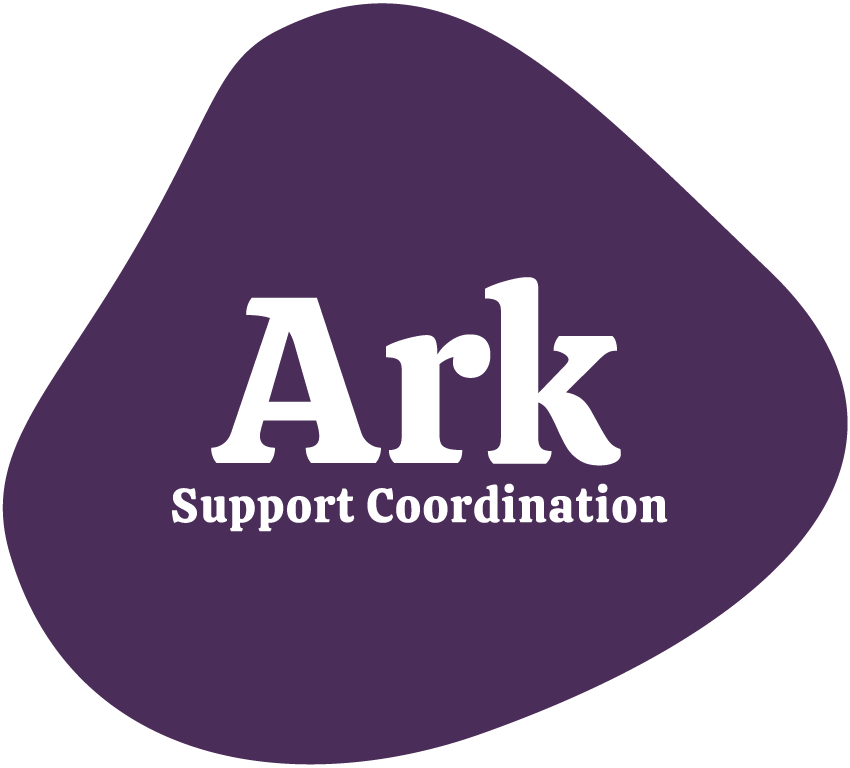Have you heard of stereotype threat?
‘If I get this role, they are just meeting their diversity quota.’
‘If I don’t do this well, I might ruin the chance for anyone else with a disability.’
‘As a person with [insert disability here] they are just going to think [insert stereotype here].’
If you have ever had thought like this, you may be experiencing “stereotype threat,” something many people with a disability experience. Stereotype threat is as big of an issue, if not more of an issue, as imposter syndrome for people with disabilities and members of other minority groups looking for work.
What is Stereotype threat?
Stereotype threat is a phenomenon first described by Claude Steele and Joshua Aronson in 1995 where people feel they are at risk of being viewed through the lens of a stereotype, or inadvertently confirming a stereotype, usually negative, about groups that they identify as belonging to. For example, a person with a disability who wants to ask for a workplace accommodation, but feels if they do, they are potentially confirming the stereotype that it is “too hard” or “too much added work” for employers to accommodate employees with disabilities.
Stereotype threat is a type of social identity threat when members of a stigmatised group find themselves in a situation where negative stereotypes provide a possible framework for interpreting their behaviour.
This can lead to situations where for example an individual’s workplace interprets their behaviour in line with a stereotype rather than seeking to understand the individuals’ reasons or motives for the behaviour. For example, seeing a request for an email read receipt as being characteristic of their disability and “over the top” or “annoying”, vs asking why read receipts are requested and finding out that the individual didn’t want to be seen as ‘annoying’ by having to interrupt and verbally ask if pertinent information contained in said email had been read.
Who does stereotype threat affect?
Stereotype threat may be felt by anyone who is a member of a stereotyped group, especially those experiencing negative stereotypes from wider society. The more groups a person is a member of, the higher the chance of the individual may feel stereotype threat. People who may experience this could be due to cultural, religious, sexual orientation, age or ability stereotypes.
For the stereotype be a “threat” to their “social identity,” an individual must also relate to, identify with or care about the stereotype or the behaviour the stereotype describes, whether they believe the stereotype or not.
This is distinct from a self-fulfilling prophesy (where an individual's expectations influences their actions, confirming their expectations) as it is not based on a negative self-belief but rather an external existence of a stereotype. For example, in the prior example of a person with a disability at work not wanting to ask for reasonable accommodations, it is not that the person with a disabilities has the self-belief that they cannot perform the role.
Instead, they fear if they ask for a workplace accommodation, they will confirm the stereotype that people with disabilities are too much work to hire, be seen as a nuisance or prevent their workplace from ever hiring someone with a disability again. This too often prevents them from asking for the accommodations necessary to perform the role to the best of their ability.
Consequences of Stereotype threat
Since it was coined in 1995, stereotype threat has been extensively researched with over 300 studies published showing the effects on individuals. Stereotype threat has the potential to significantly impact on an individual’s social identity, performance and mental health, some well documented effects of stereotype threat are:
Reduced career outcomes and higher workplace turnover due to:
Underperformance due to threats to Self-Integrity and Belonging
Reduced sense of belonging in the chosen field
Reduced openness to feedback
Reduced domain identification resulting in disidentification from the group
Reduced engagement
Working memory depletion
Long term consequences for well being and mental health and conditions such as anxiety, depression, as well as:
Negative impacts on one’s ability to integrate personal identities and professional identities
Increased vigilance
Heightened physiological arousal i.e. heightened blood pressure and vasoconstriction
Heightened states of overwhelmed, nervous, anxious, worried and fearful.
Ways to counteract and overcome stereotype threat
Studies have shown that simply teaching people about stereotype threat reduces its effect. Simply knowing stereotype threat exists and individuals might be affected allows them to attribute negative thoughts and feelings to the stereotype threat rather than internalising and self-doubting.
How can workplaces and education settings reduce stereotype threat?
Workplaces and education providers can do many things to help counteract stereotype threat, and indeed increase psychosocial and psychological safety of their setting:
Creating Identity -safe environments
Valuing Diversity
Reattributing Training
Positive workplace culture
Discussing and recognising stereotype threat
Robust complaints and feedback mechanisms
To learn more about these effects and ways to counteract them, we found the following resources helpful:
Addressing Stereotype Threat is Critical to Diversity and Inclusion in Organisational Psychology
Kim Moore